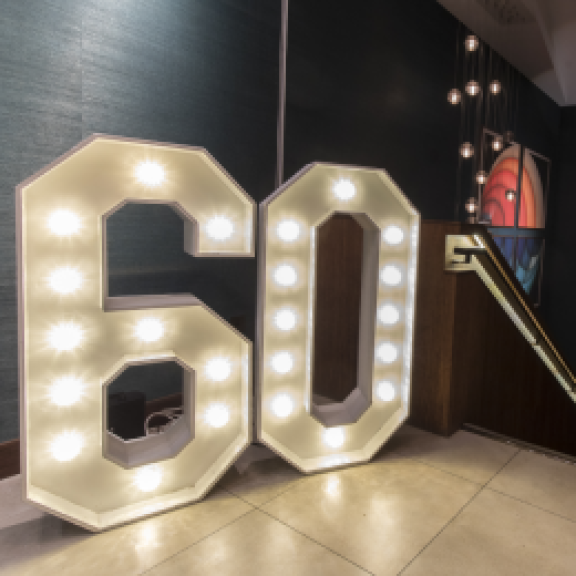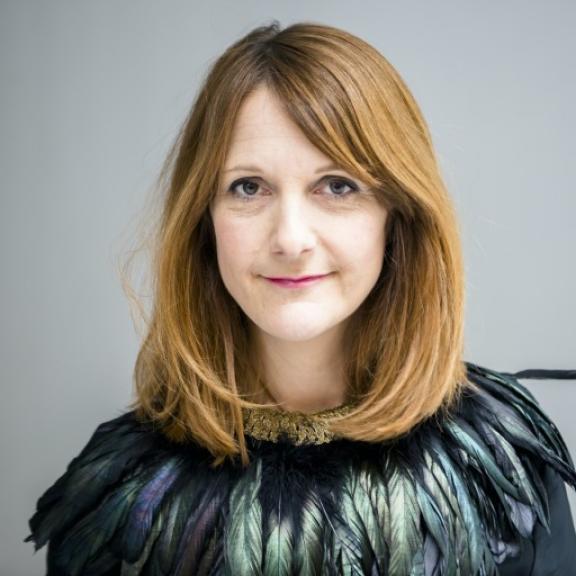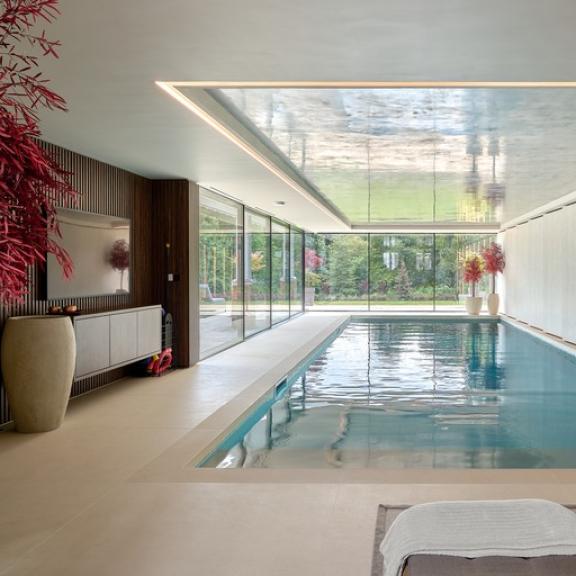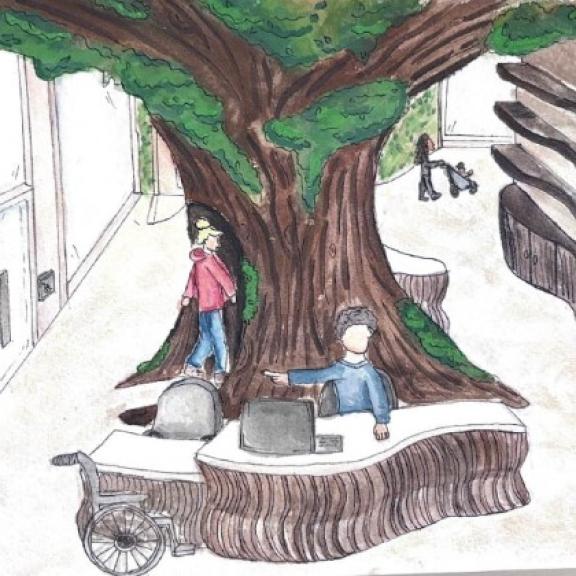What are an Interior Designer's responsibilities under the CDM Regulations 2015?
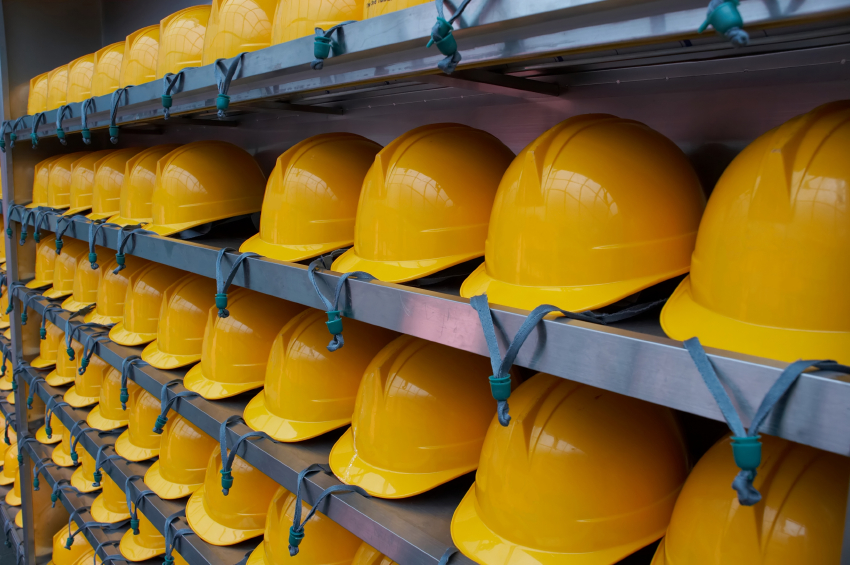
The Construction (Design and Management) Regulations 2015 (CDM 2015) cover the management of health, safety and welfare in construction projects, including those for domestic clients.
As an interior designer, you have legal duties under CDM 2015 and may have an additional role and duties under the regulations.
What do the CDM regulations require?
CDM 2015 requires those responsible for appointing designers and contractors to ensure the designers and contractors have the skills, knowledge, training and experience to carry out the work in a way that secures health and safety.
The regulations state that for a project where more than one contractor is involved, there must be a principal designer and principal contractor (see below), and the project must have a health and safety file.
If work is scheduled to last longer than 30 working days and have more than 20 workers working simultaneously at any point in the project, or exceed 500 person days, the client must notify HSE (Health and Safety Executive) about the project.
Who are the duty holders under CDM 2015?
Aside from the designer, and the principal designer (see below), those who have duties are:
Clients, that is the organisations or individuals for whom a construction project is carried out. They should make sure other duty holders are appointed and that sufficient time and resources are allocated.
Domestic clients, whose client duties normally pass to the contractor on a single-contractor project, or to the principal contractor for projects with more than one contractor.
Principal contractors appointed by the client to co-ordinate the construction phase of a project that involves more than one contractor.
Contractors who do the construction work – either an individual or a company.
Workers who work for or under the control of contractors on a construction site.
What is a designer under CDM 2015?
A designer is an organisation or individual who prepares or modifies a design for a construction project, or arranges for or instructs someone else to do so.
‘Design’ includes drawings, design details, specifications, bills of quantity and calculations prepared for the purpose of a design.
What are the duties of a designer?
Designers need to:
- Make clients aware of their duties.
- Prepare or modify designs.
- Provide design information.
- Co-operate with other duty holders.
When do a designer’s duties apply?
The duties apply as soon as designs which may be used in construction work in Great Britain are started. This includes concept design, competitions, bids for grants, modification of existing designs and relevant work as part of feasibility studies.
What is the principal designer?
The principal designer (PD) can be an organisation or individual appointed by the client to take control of the pre-consultation phase of any project involving more than one contractor.
Under CDM 2015, the PD may have separate duties as a designer.
The PD must have the right skills, knowledge and experience and, for an organisation, the organisational capability, to carry out all of the functions and responsibilities of a PD for the particular project and be in control of the pre-construction phase.
If you work on the planning and building regulations stages of a project but then cease to be involved, the client has to appoint another PD. You remain responsible for the design decisions taken in preparing the original plans.
What is the role of a principal designer?
The responsibilities of a principal designer are to:
- Plan, manage, monitor and co-ordinate health and safety in the pre-construction phase.
- Help and advise the client in bringing together pre-construction information, and provide the information designers and contractors need to carry out their duties.
- Work with any other designers on the project to eliminate foreseeable health and safety risks to anyone affected by the work and, where that is not possible, take steps to reduce or control those risks.
- Ensure that everyone involved in the pre-construction phase communicates and co-operates, co-ordinating their work wherever required.
- Liaise with the principal contractor, keeping them informed of any risks that need to be controlled during the construction phase.
Does the principal designer have other duties?
As PD you must assist the principal contractor in preparing the construction phase plan.
During the pre-construction phase, as PD you must prepare a health and safety file containing information relating to the project which is likely to be needed during any subsequent project to ensure the health and safety of any person.
You must also ensure that the health and safety file is appropriately reviewed, updated and revised from time to time to take account of the work and any changes that have occurred.
If your appointment as PD were to finish before the end of the project, you would have to pass the health and safety file to the principal contractor.
At the end of the project, as PD you must pass the health and safety file to the client.
Looking for further information? Members can go on to read our detailed guide. You can also access the Construction Industry Training Board's CPD on CDM 2015 here.
Explore new resources from the BIID. Seeing a padlock? Just login or become a member to view.
View the highlights from our 60th anniversary party
We asked Anna Burles: What makes the perfect software?
Discover the smart home technology awards with Platinum Partner, CEDIA
Explore the latest, member-exclusive, templates designed to make your life easier.
University of Gloucestershire wins the BIID Student Design Challenge 2025.

